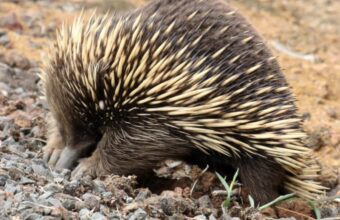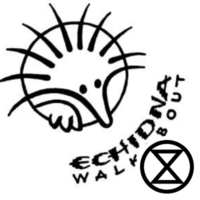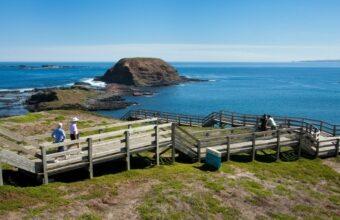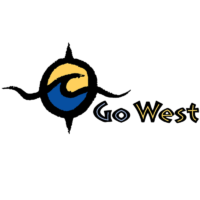The Sydney To Melbourne Inland Road Trip
Scenic detours off the Hume Highway
Most Australians fly between Sydney and Melbourne or take the Princes Highway along the coast. The alternative is a direct route inland down the Hume Highway, which is a 10 to 12-hour slog behind the wheel. However, by building in scenic detours and making the drive part of your trip, this Sydney to Melbourne route offers up much of what makes Australia great.
Sydney To Melbourne inland road trip
Approx. distance: 1,282km (796 miles) (one way)
Duration: At least two to three days
Suggested route: Sydney—Bowral, Southern Highlands—Canberra—Snowy Mountains—Beechworth—Echuca—Ballarat—Melbourne
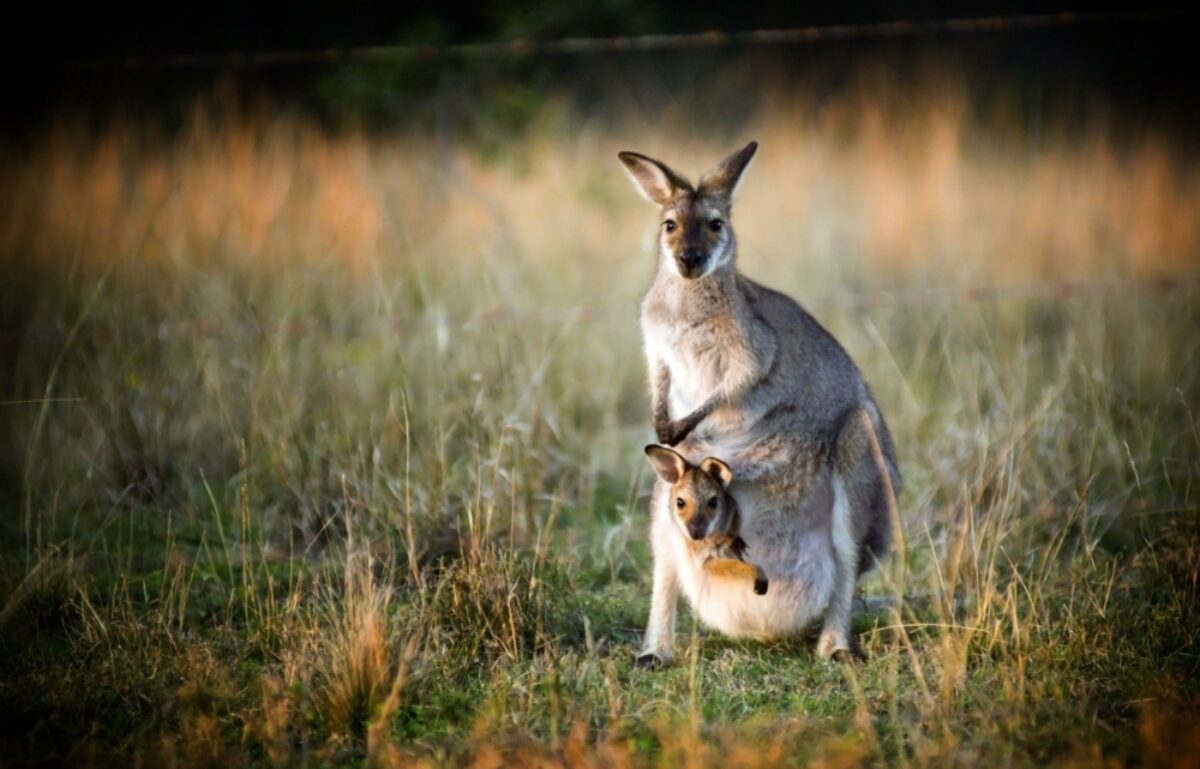
Spot kangaroos in the Southern Highlands
Sydney to Melbourne inland road trip itinerary
This route would take around 16 hours of driving time, which can be broken up into as many days as you wish. The following are some suggested stages; you may choose to linger overnight in some or all of these stops, depending on how much time you have.
Stage one: Sydney to Bowral, Southern Highlands (118km, one to two hours)
Stage two: Bowral to Canberra (177km, two hours)
Stage three: Canberra to the Snowy Mountains (208km, two to three hours)
Stage four: Snowy Mountains to Beechworth (249km, three to four hours)
Stage five: Beechworth to Echuca (204km, two to three hours)
Stage six: Echuca to Ballarat (212km, three hours)
Stage seven: Ballarat to Melbourne (115km, one to two hours)
Highlights on the Sydney to Melbourne inland drive itinerary
Wildlife spotting in the Southern Highlands
The first deviation, around 90 minutes or so out of Sydney, should be to the Southern Highlands, where a wine and food trail can be put together alongside scenic back road forest drives. The town of Bowral, which greedily hoards gardens, heritage buildings and cafés, is a pilgrimage site for cricket fans. The International Cricket Hall of Fame is next to the famously picturesque ground where legendary batsman Don Bradman first wielded the willow.
Cricket aside, the Southern Highlands are also reliably good for spotting Australian wildlife. For that classic wild Australian kangaroo sighting, look for areas of open grassland with bushes and trees at the edge — golf courses are absolutely perfect, but campsites work too.
Wombats — adorably comical furry tank-like marsupials — are harder to spot, but can be found snuffling around at dusk, often around the same golf courses.
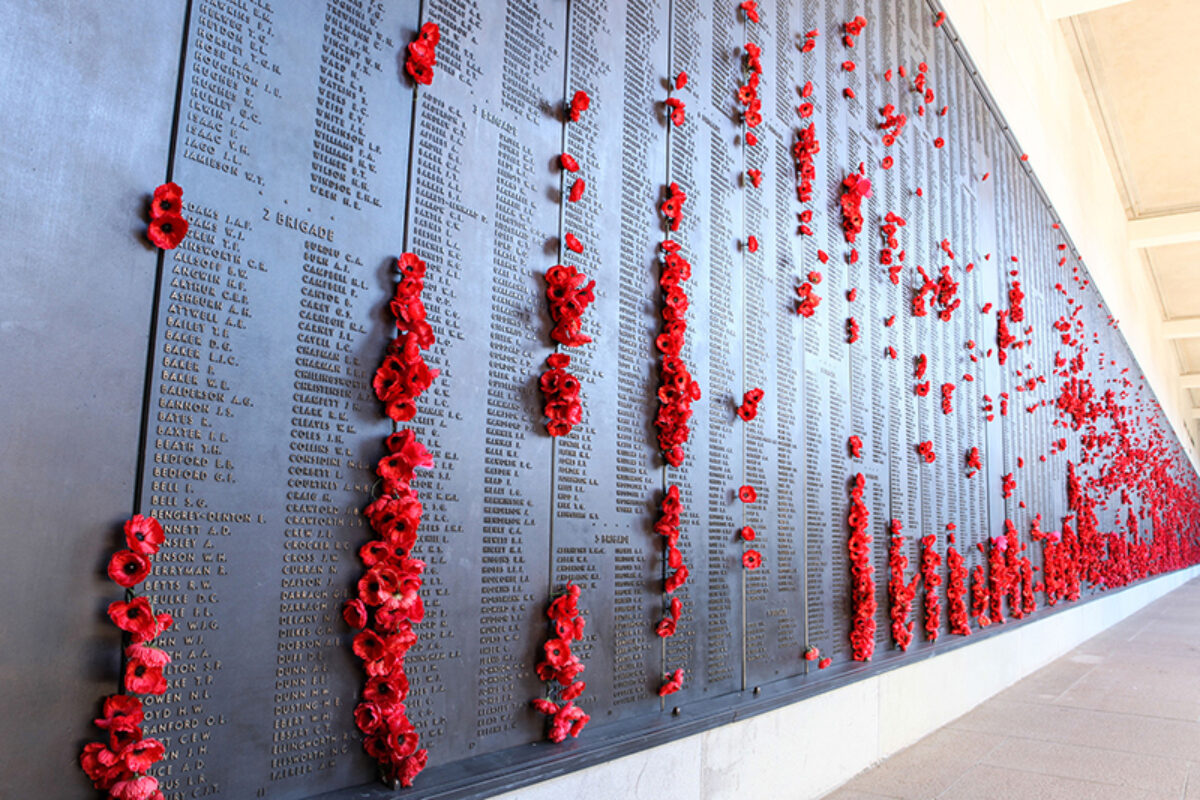
Australian national war memorial, Canberra
Seeing Canberra’s cultural museums
An hour and a half from the Southern Highlands lies Australia’s capital, Canberra, which was built to a distinctive plan of many roundabouts and boulevards around an artificial lake. It can feel strangely empty at times, although the Braddon area is developing a hip reputation for dining and drinking — think artisan coffee, microbreweries and busy restaurants.
Canberra’s strength is its cultural collection, though. Parliament House, the National Gallery of Australia, the National Museum of Australia and the Australian War Memorial are all thoroughly absorbing. Get to the latter just before closing time, when a lone piper or bugler plays the Last Post in a simple, moving ceremony that gets hairs standing up on the back of the neck.
Should action trump museum-trawling, then hiring a bike to cycle around Lake Burley Griffin — detouring to see the architecturally outlandish embassies in the Yarralumla district — makes for an invigorating day out. Alternatively, get a different perspective of the city by taking a hot air balloon trip over it.
Canberra’s less-heralded strength is the countryside on its doorstep. The green, canopy-covered Namadgi National Park is home to several excellent bushwalking trails — and it’s the sort of place where you can easily find kangaroos bouncing along the road ahead of you.
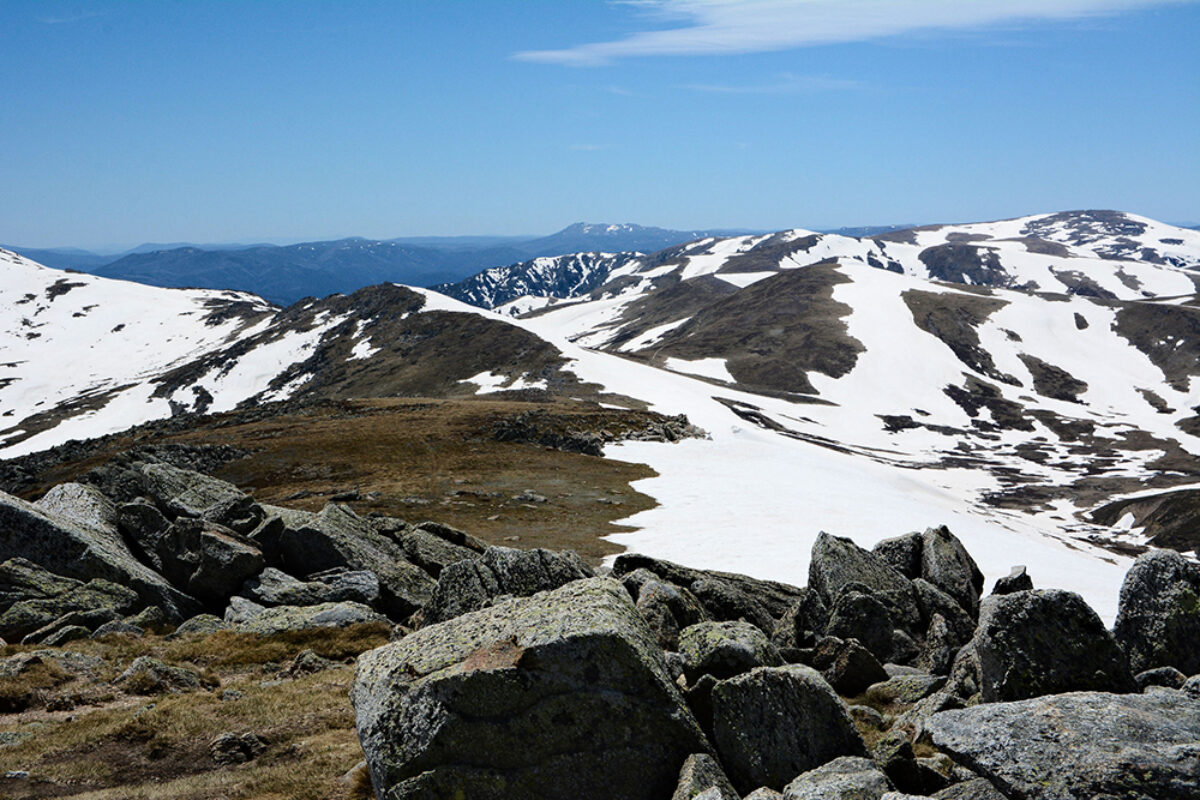
Mt. Kosciuszko, Snowy Mountains
Heritage towns and hiking in the Snowy Mountains
Despite the reputation for being hot and sunny all the time, Australia does get snow, with several ski resorts found in and around the Snowy Mountains. Peak season is July to September, although snow can be present for around a month either side, and snow chains are often required on cars during this period.
Do the trip outside these months and accommodation prices in ski resorts such as Thredbo can be bargains, while walks along alpine streams and meadows are considerably more pleasant. The big conquest of Australia’s continental summit — the 13km walk to the top of 2,228m-tall Mt Kosciuszko — is surprisingly easy-going. Much of it is along metal walkways designed to limit erosion, and it’s very much a walk rather than a climb.
The Alpine Way, which snakes through the mountains with several top drawer lookouts along the way, is a fabulous drive and leads to the New South Wales — Victoria border. Here, glimmering highland lakes and lumbering dairy cattle await, along with a series of heritage towns.
Of these, Beechworth feels the most lovingly preserved, with a 19th-century streetscape now filled with bakeries and cafes. This is also the epicentre of the Ned Kelly legend — walking tours from the Visitor Information Centre take in the prison cells, newspaper offices and pubs that feature in the story of Australia’s most notorious outlaw.
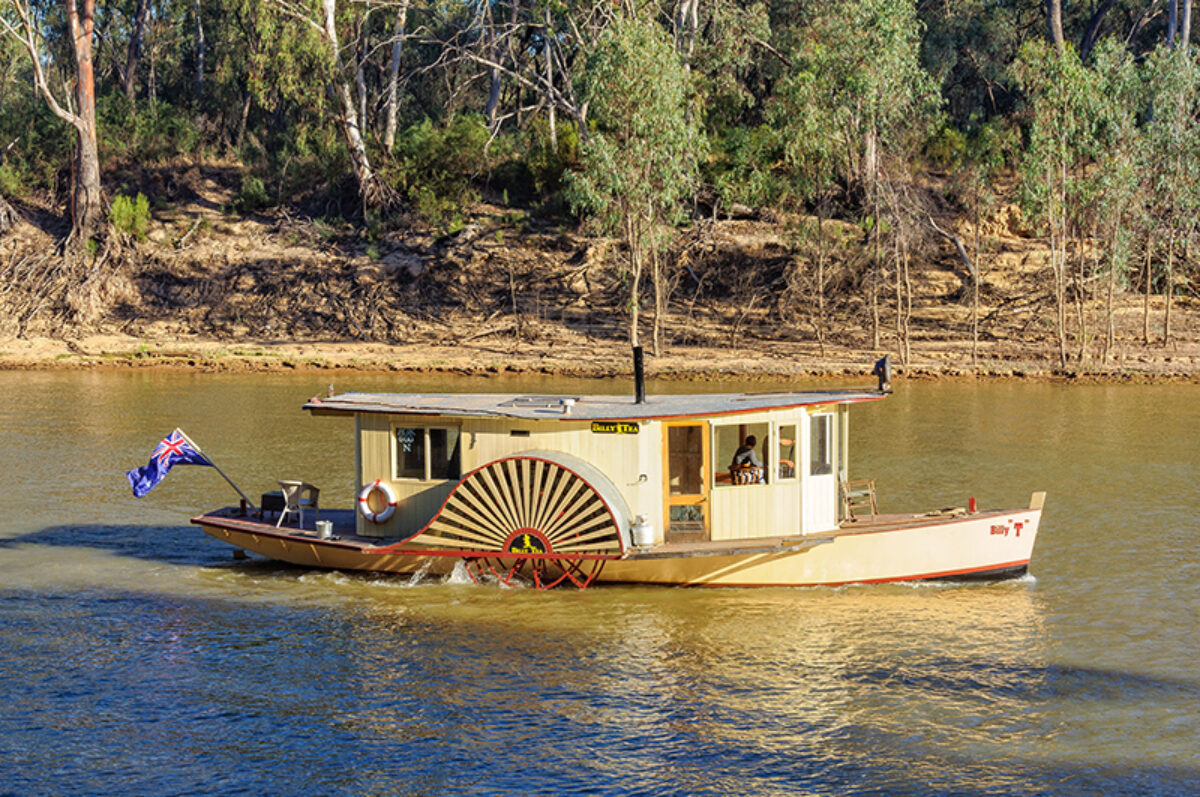
Paddle boat on Murray River
Cruising Murray River and Australia’s gold rush
There’s more timewarp Australia to enjoy at Echuca, where paddle steamers depart from the long, wooden wharf for cruises along the Murray River. The Murray, Australia’s longest river, is the lifeblood the provides irrigation for much of the country’s best agricultural land. There’s a very good reason why rural Victoria has more than its fair share of quality restaurants and wineries — it’s a region that believes in living well off local produce.
The river cruises slowly trundle past groves of silvery gum trees, as a bonanza of bird life flits between the branches. It’s a scene Aussies would recognise as quintessentially Australian.
On the way towards Melbourne, the route enters the goldfields where, in the 19th century, huge fortunes were made. The city of Bendigo was where the biggest seams of gold were found, and the Central Deborah Gold Mine explores the gigantic hauls before taking visitors underground for a tour of the mining tunnels.
Ballarat, further west, wasn’t quite as lucrative, but it played a bigger part in Australia’s story. The Eureka Stockade, where miners dug in against police in a bid to win political representation, is seen as a turning point in the nation’s history. The Museum of Australian Democracy at Eureka does a good job of telling the story — and that of Australia’s transition from colonial backwater to first-world democracy. But the more entertaining interpretation comes at Sovereign Hill, where the evening show combines light, sound, indigenous beliefs and live-action across a sprawling recreated colonial mining settlement.
Sovereign Hill is an extraordinary place during the day, too. It combines reenactments and mine train rides with activities such as gold-panning and candle-making. Traditional crafts, most notably wheelwrighting, are practised here too — and as genuine businesses rather than just-for-tourists shows.
On the way into Melbourne, park up the car and take time to explore one of the grungy neighbourhoods that give the city its strong sense of urban cool. Footscray is up-and-coming, but Fitzroy, just north-east of the city centre provides the best introduction to what Melbourne’s about.
Handsome old pubs become live music venues at the weekend, vegan restaurants and artists’ markets congregate around Rose Street, street art murals adorn the side lanes and the eating options take on a global flavour, with dozens of cuisines represented within a single block. After a road trip that focuses on Australia’s nature, landscapes and heritage, this is the man-made, 21st-century flipside.
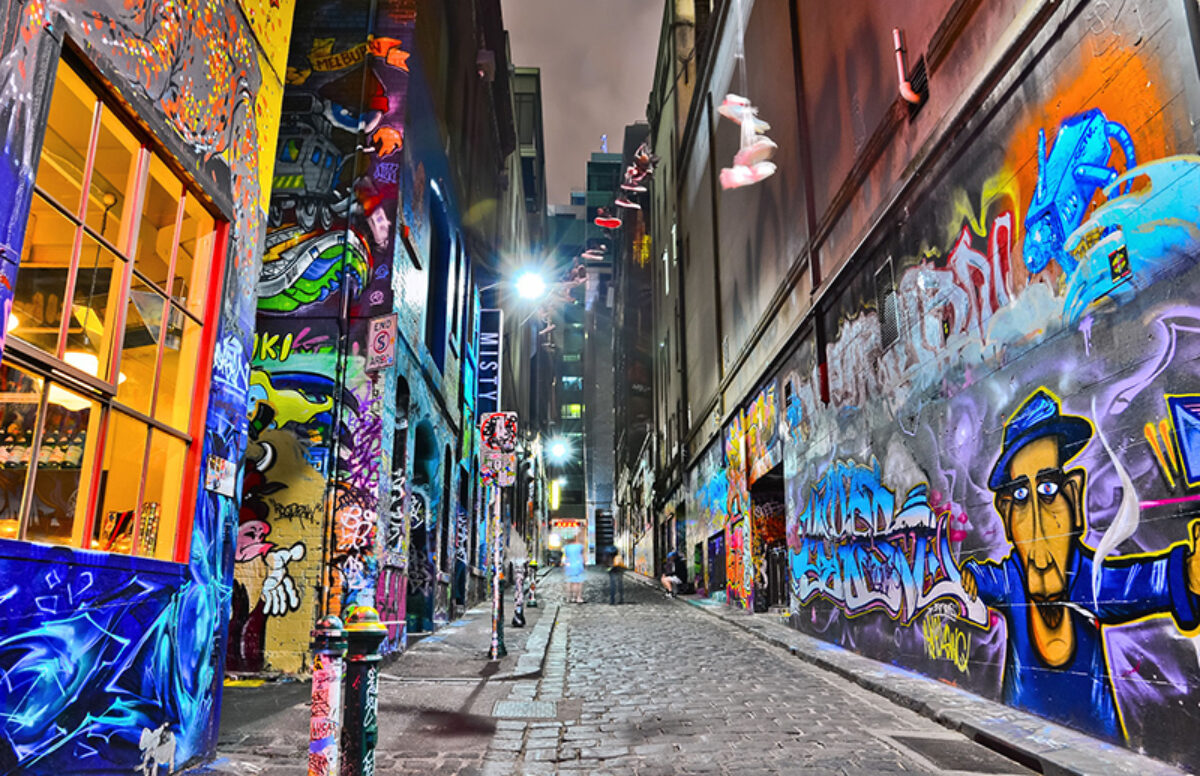
Street art decorating Hosier Lane, Melbourne

